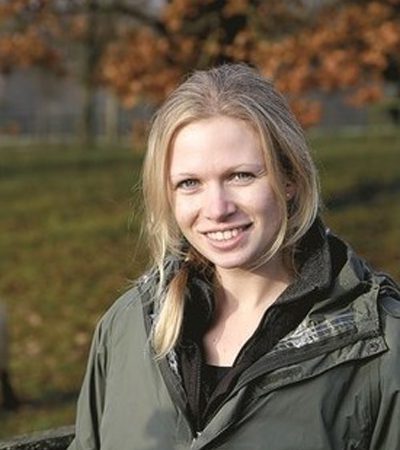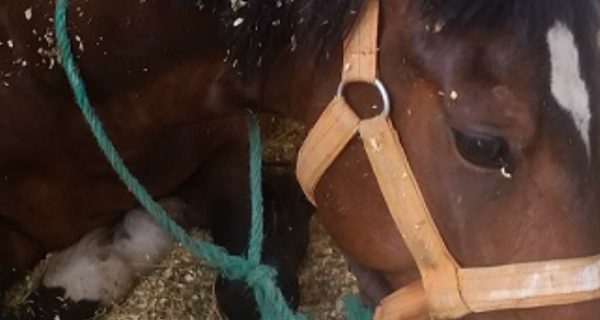You may also be interested in
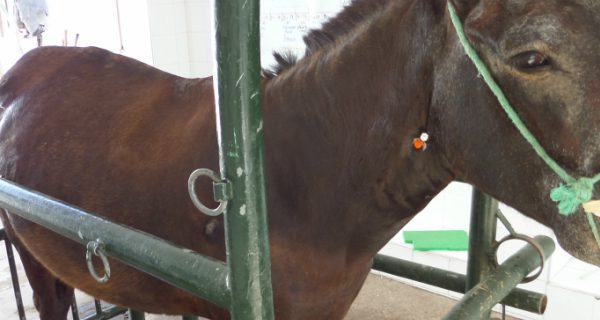
Volunteering with SPANA: Back to Marrakech
Read about Jo Hardy's experience of volunteering with us in Morocco.
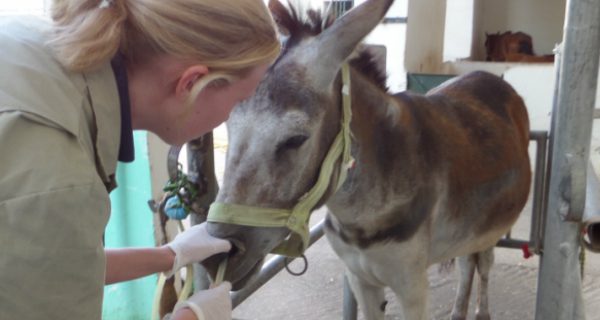
A week volunteering in Chemaia
Read about Jo Hardy's experience of volunteering with us in Chemaia.
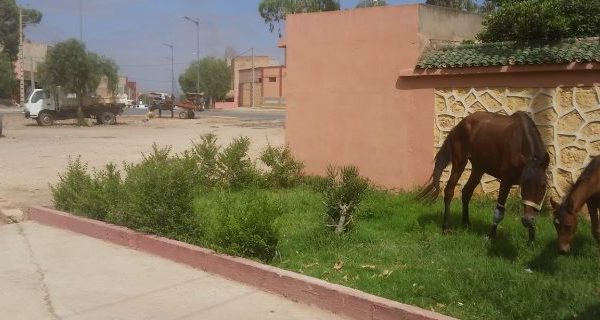
An average day in Chemaia
Read about vet Jo Hardy's experience of volunteering in Chemaia, Morocco.

Volunteering with SPANA: Back to Marrakech
Read about Jo Hardy's experience of volunteering with us in Morocco.

